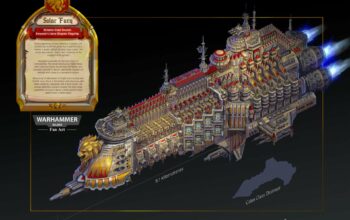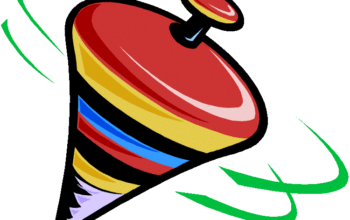Wonder bread, a staple in many American households, has had a significant cultural impact since its inception in the early 20th century. While it has become synonymous with convenience and nostalgia, an analysis of its environmental ramifications unveils complexities that invite scrutiny. This discourse seeks to evaluate whether Wonder bread is, in fact, detrimental to the environment, probing its production methodologies, ingredient sourcing, and broader ecological footprint.
Understanding the Ingredients
To ascertain the environmental implications of Wonder bread, one must first consider its constituent ingredients. Primarily made from refined wheat flour, this ubiquitous bread often contains additives such as high fructose corn syrup, preservatives, and artificial flavors. The cultivation of wheat is a resource-intensive process that introduces a host of environmental challenges. Notably, monoculture practices prevalent in modern agriculture diminish biodiversity, deplete soil health, and necessitate the use of synthetic fertilizers and pesticides. These chemicals, while temporarily boosting yield, contribute to the degradation of ecosystems and water quality. The over-reliance on such regimens raises pertinent concerns about the sustainability of conventional grain farming.
The Carbon Footprint of Production
The production of Wonder bread is not isolated to agricultural practices; it encompasses the entire supply chain, which includes processing, packaging, and distribution. Each stage contributes to greenhouse gas emissions. The milling process, for instance, demands significant energy input. A large portion of the energy employed in this sector derives from fossil fuels, inherently linked to carbon dioxide emissions. Additionally, the packaging of Wonder bread presents another environmental quandary. Usually encased in plastic, the lifecycle of these materials can have profound ecological impacts. Plastic waste contributes substantially to land and marine pollution, posing a threat to numerous species and encompassing wider ecological degradation.
Water Usage and Pollution
Water is a quintessential resource in the production of Wonder bread, yet its usage comes with salient environmental concerns. Wheat cultivation requires substantial irrigation, predominantly in regions where water resources are already strained. This exacerbates the challenges of water scarcity and may lead to over-extraction of local aquifers. Moreover, fertilizers and pesticides used in wheat farming often seep into waterways, inciting eutrophication. This not only destabilizes aquatic ecosystems but also affects human health, as contaminated water supplies can lead to serious health complications.
Consumerism and Waste
The ethos surrounding Wonder bread is deeply entwined with consumer culture, prioritizing convenience over sustainability. This phenomenon perpetuates a cycle of overconsumption, as the demand for quick and easy food solutions yields excessive waste. The longevity of packaged bread, while deemed advantageous, often encourages the dereliction of mindful purchasing. Consequently, our landfills are populated with discarded bread packaging and unused food products. The waste generated contributes to methane emissions—a potent greenhouse gas produced during decomposition—which directly impacts climate change.
Exploring Alternatives
In light of the aforementioned environmental challenges, the exploration of alternatives to Wonder bread becomes imperative. Artisanal bread makers, who often employ organic, locally-sourced ingredients, present a model that embodies environmental stewardship. This form of bread production not only supports local economies but also advocates for sustainable agricultural practices. Furthermore, it frequently utilizes traditional fermentation methods, enhancing the bread’s nutritional profile while reducing the reliance on artificial additives. By supporting the local bread-making community, consumers can significantly diminish their ecological footprint.
The Role of Awareness and Responsibility
A pivotal factor in mitigating the environmental impact of products like Wonder bread lies in awareness and consumer responsibility. Educating the public about the multifaceted implications of their food choices fosters a more sustainable approach to consumption. Engaging in discussions about food sourcing, the importance of biodiversity, and the ramifications of plastic use can imbue individuals with the knowledge necessary to make informed decisions. This consciousness may inspire shifts toward plant-based diets, local produce preferences, and conscious consumption of foodstuffs, ultimately redirecting demand away from environmentally detrimental practices.
Conclusion: A Broader Perspective on Food Choices
In conclusion, the question of whether Wonder bread is bad for the environment is not merely a binary inquiry but rather a complex tapestry of interrelated factors. From agricultural practices to consumer behavior, the ramifications of its production and consumption extend far beyond the individual. By eliciting curiosity and provoking thought, this analysis underscores the necessity for a paradigm shift in how we approach our food systems. As consumers become increasingly cognizant of the ecological consequences associated with their choices, they gain the power to influence the production landscape. The journey toward a more sustainable future begins with the examination of our values, choices, and responsibilities in a world where each decision resonates with the environment.










